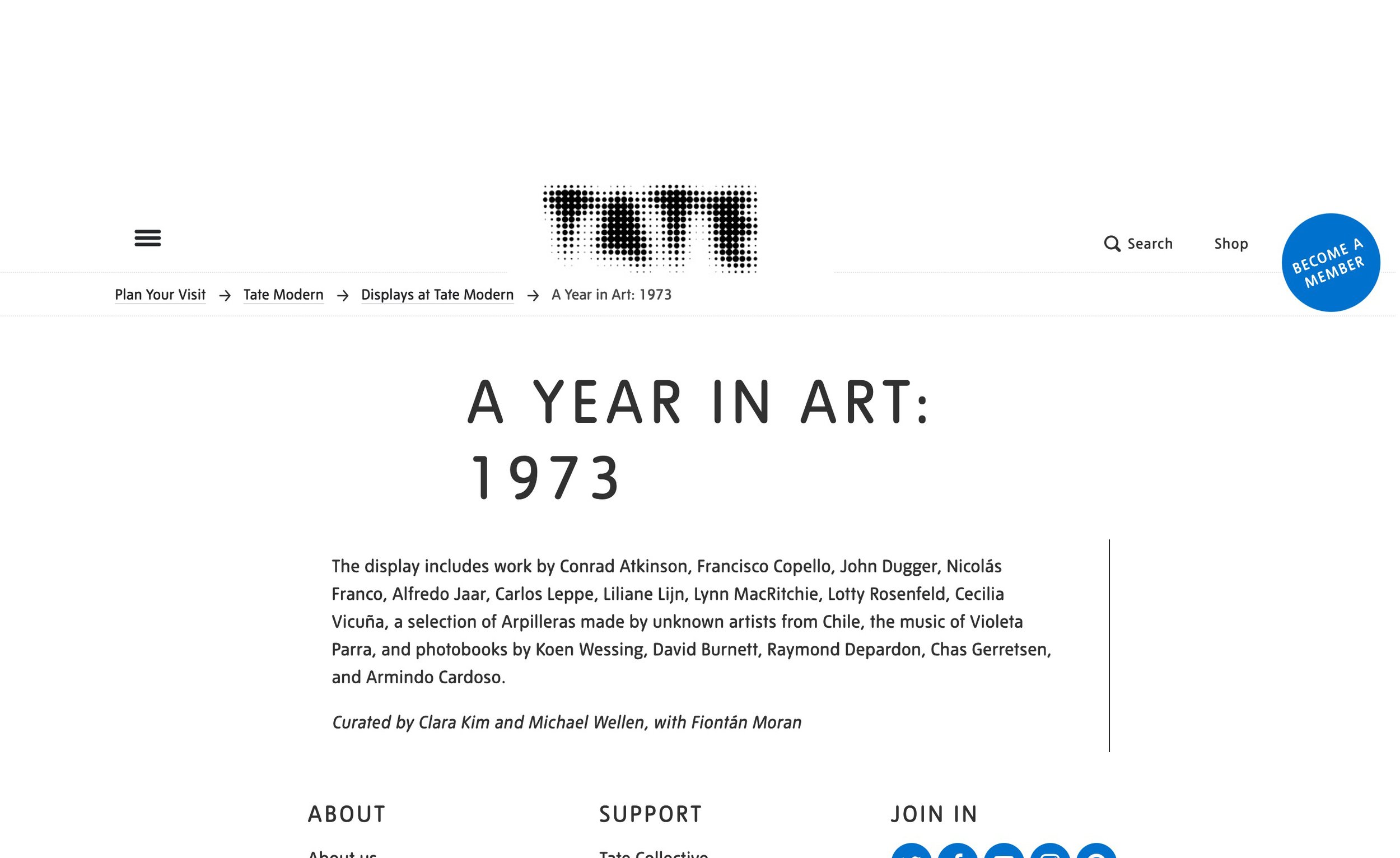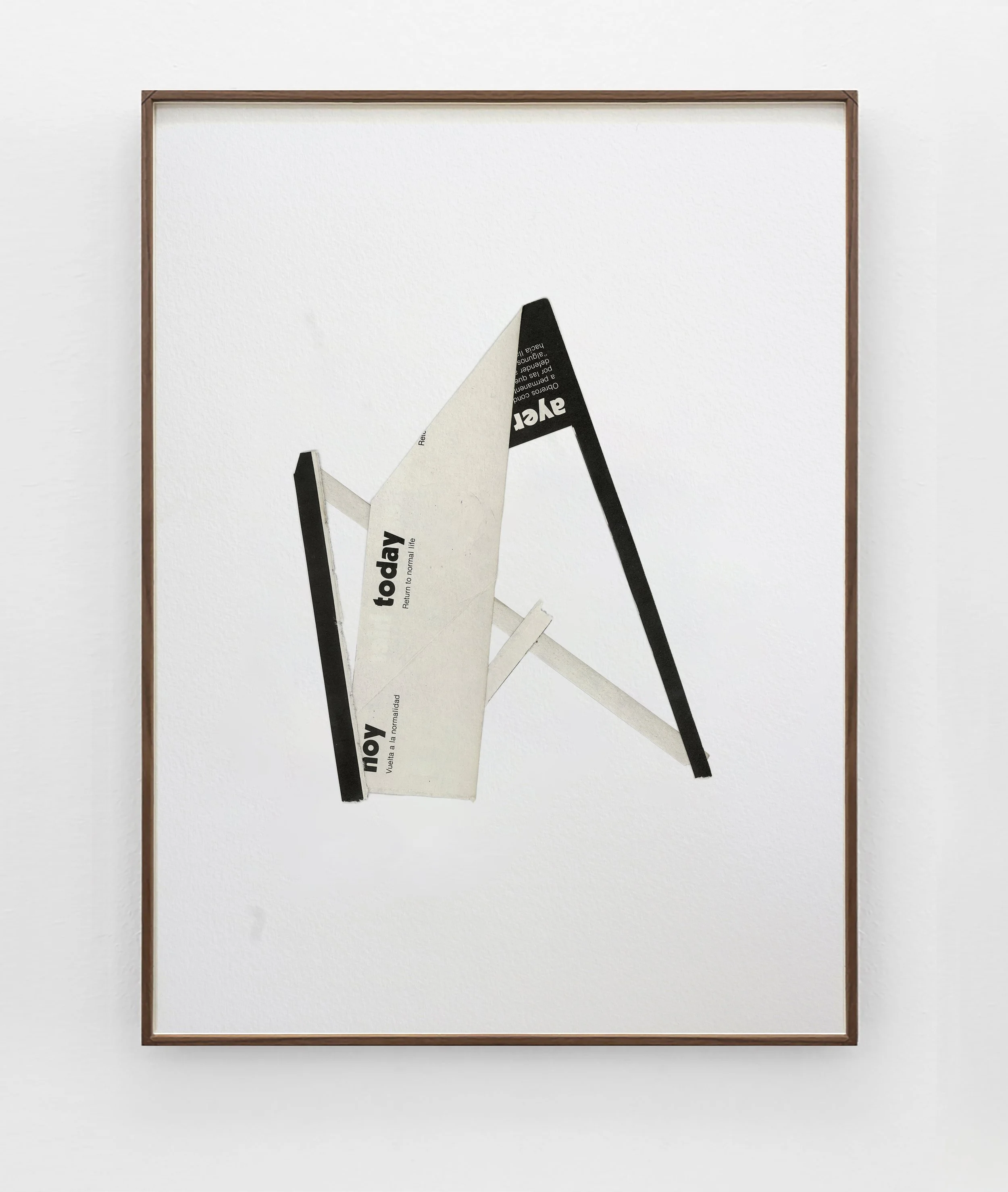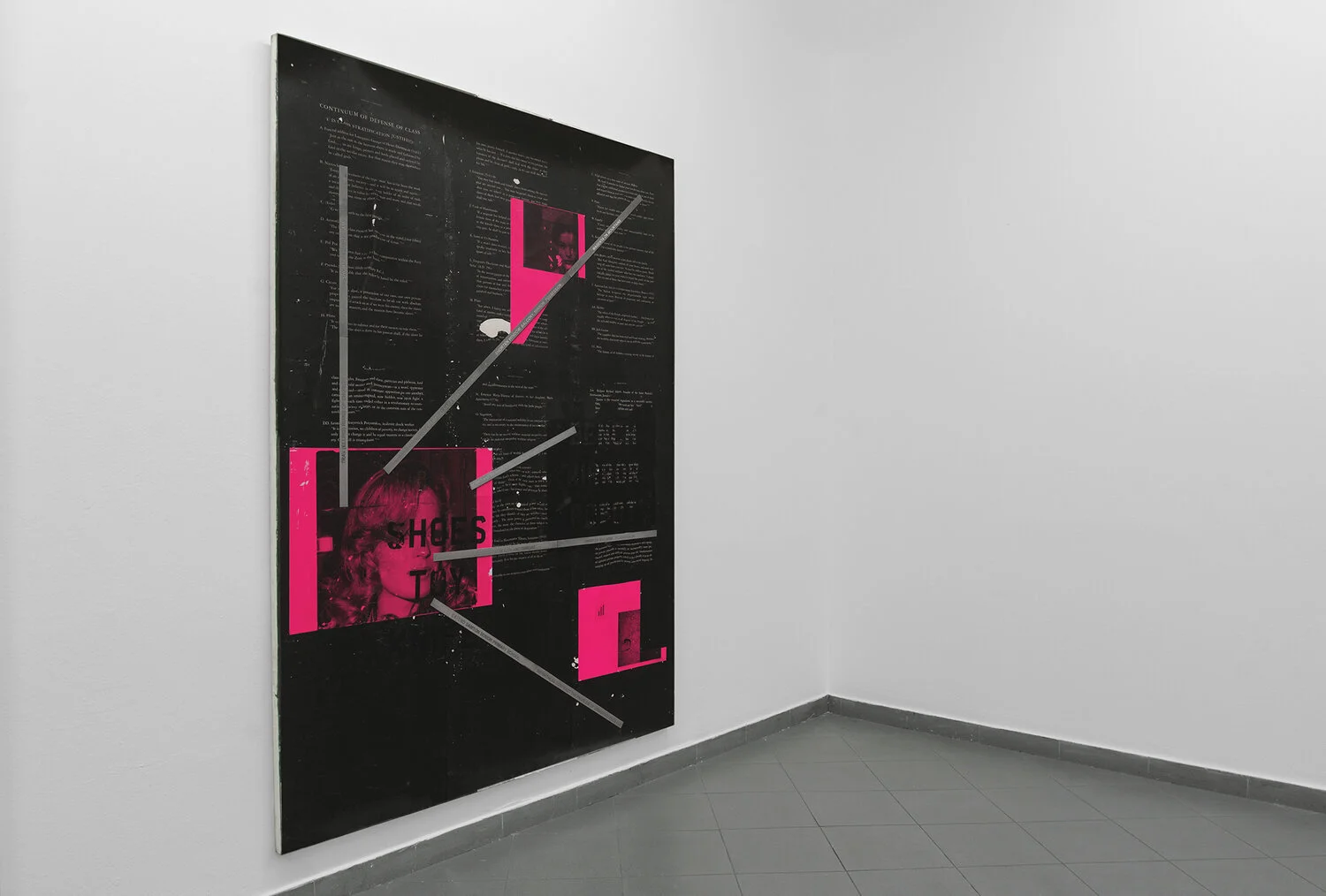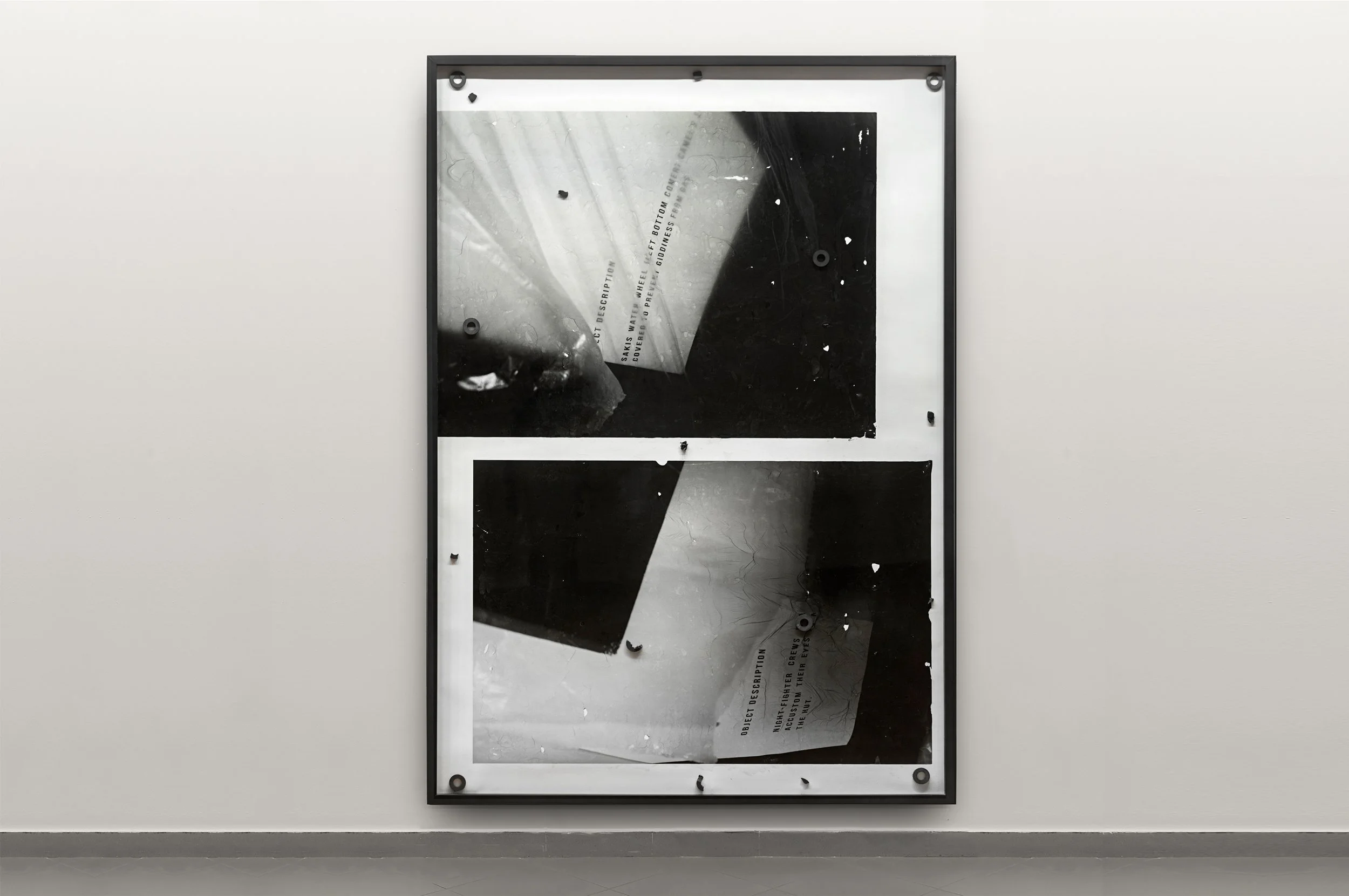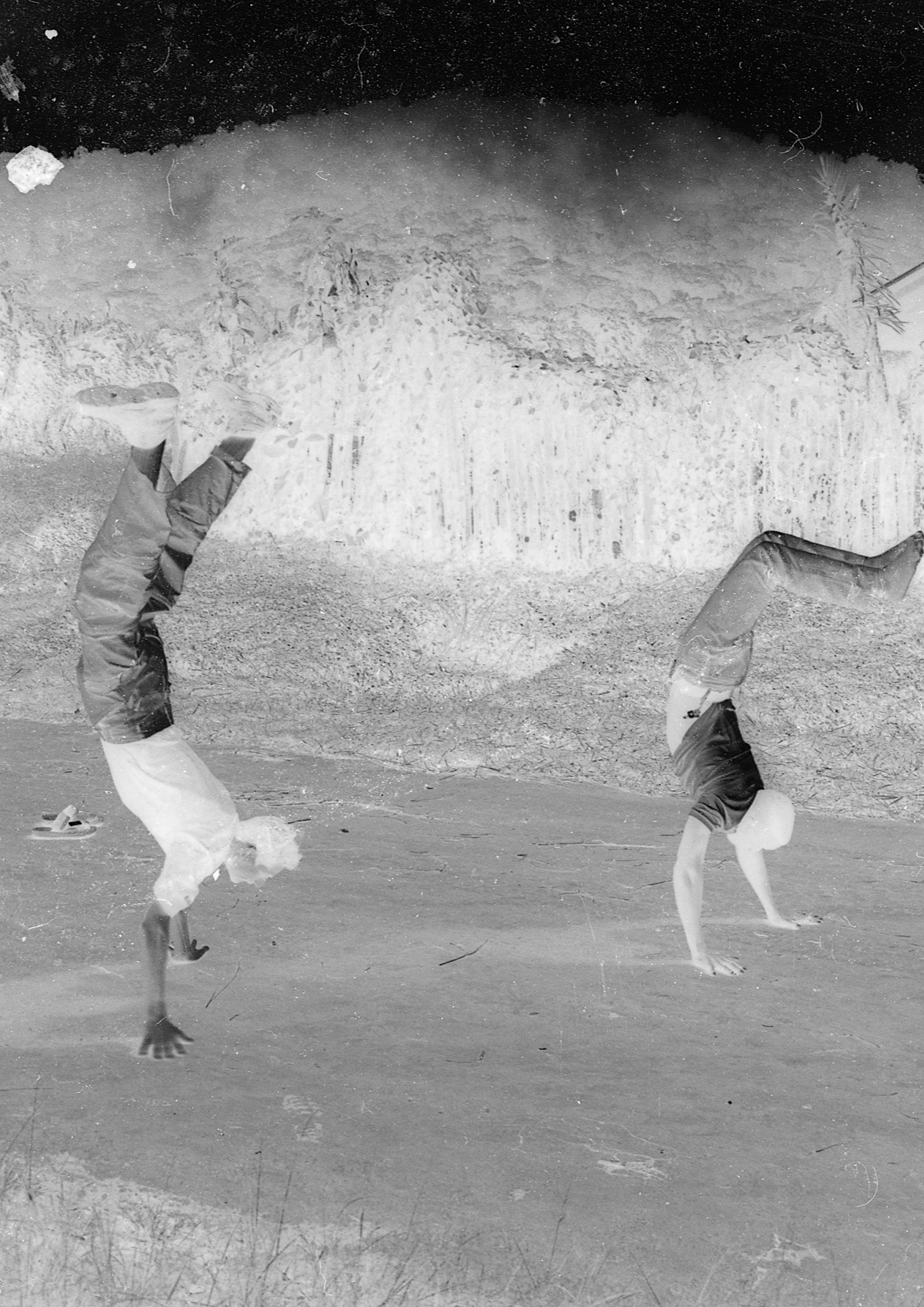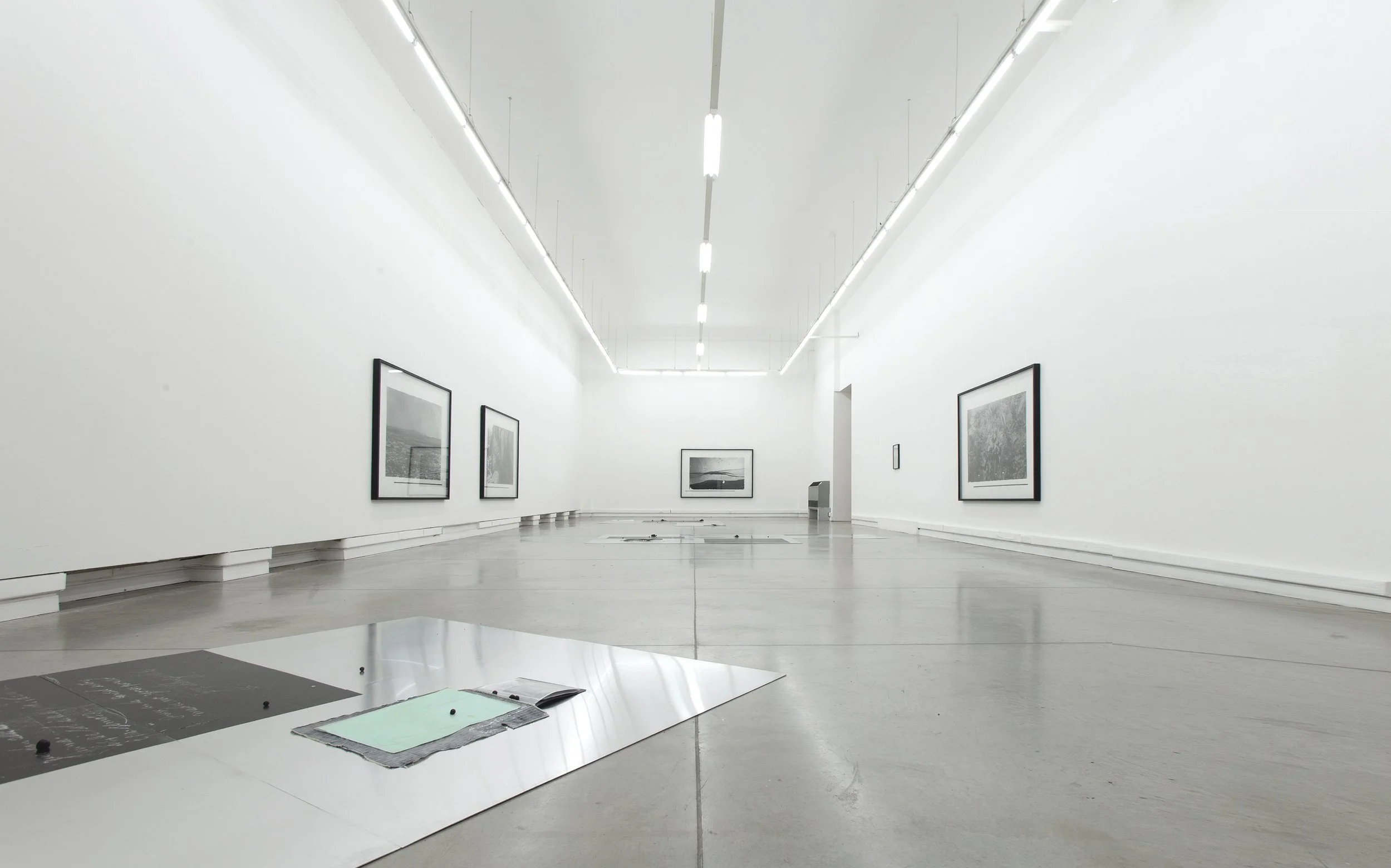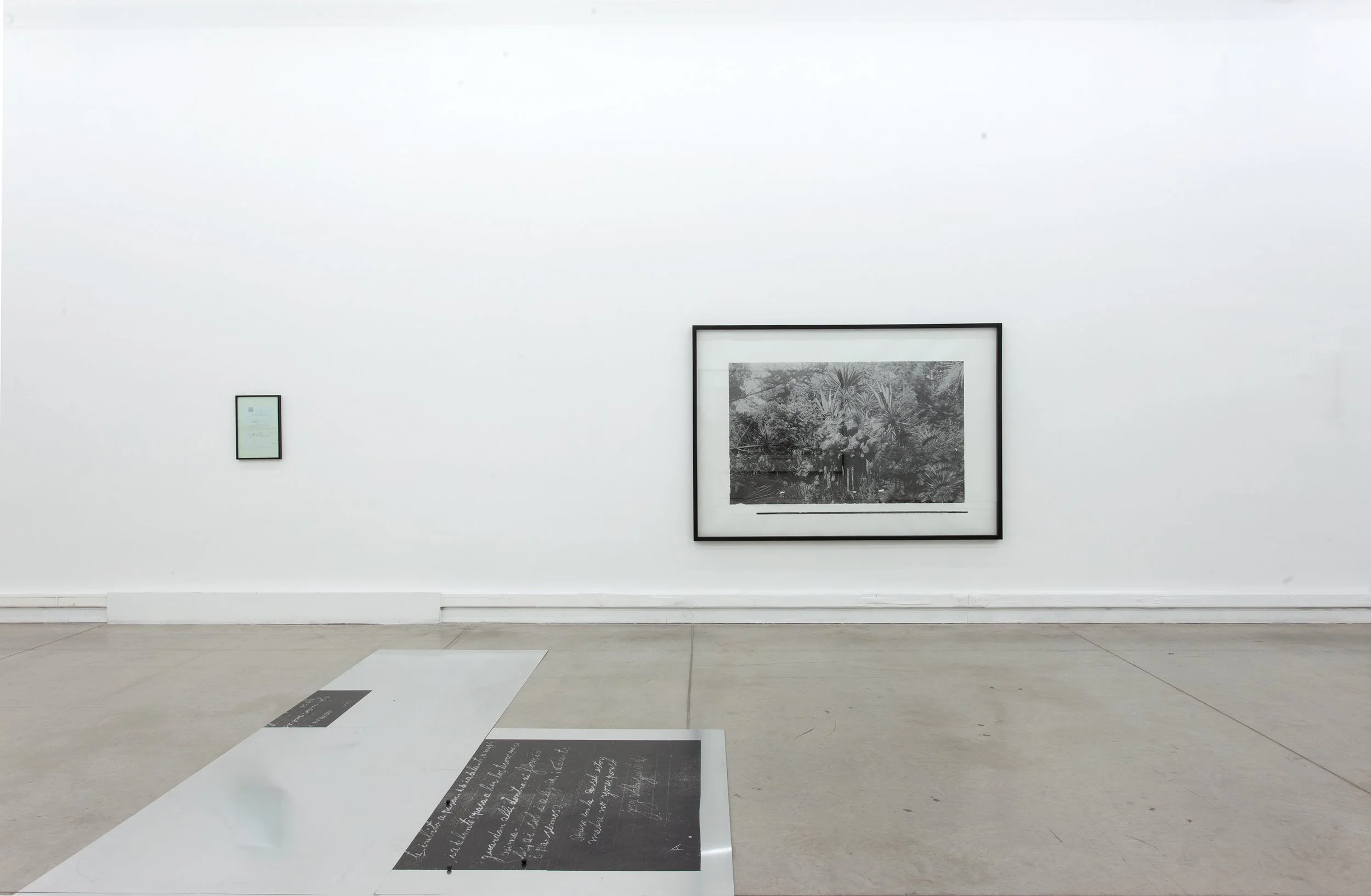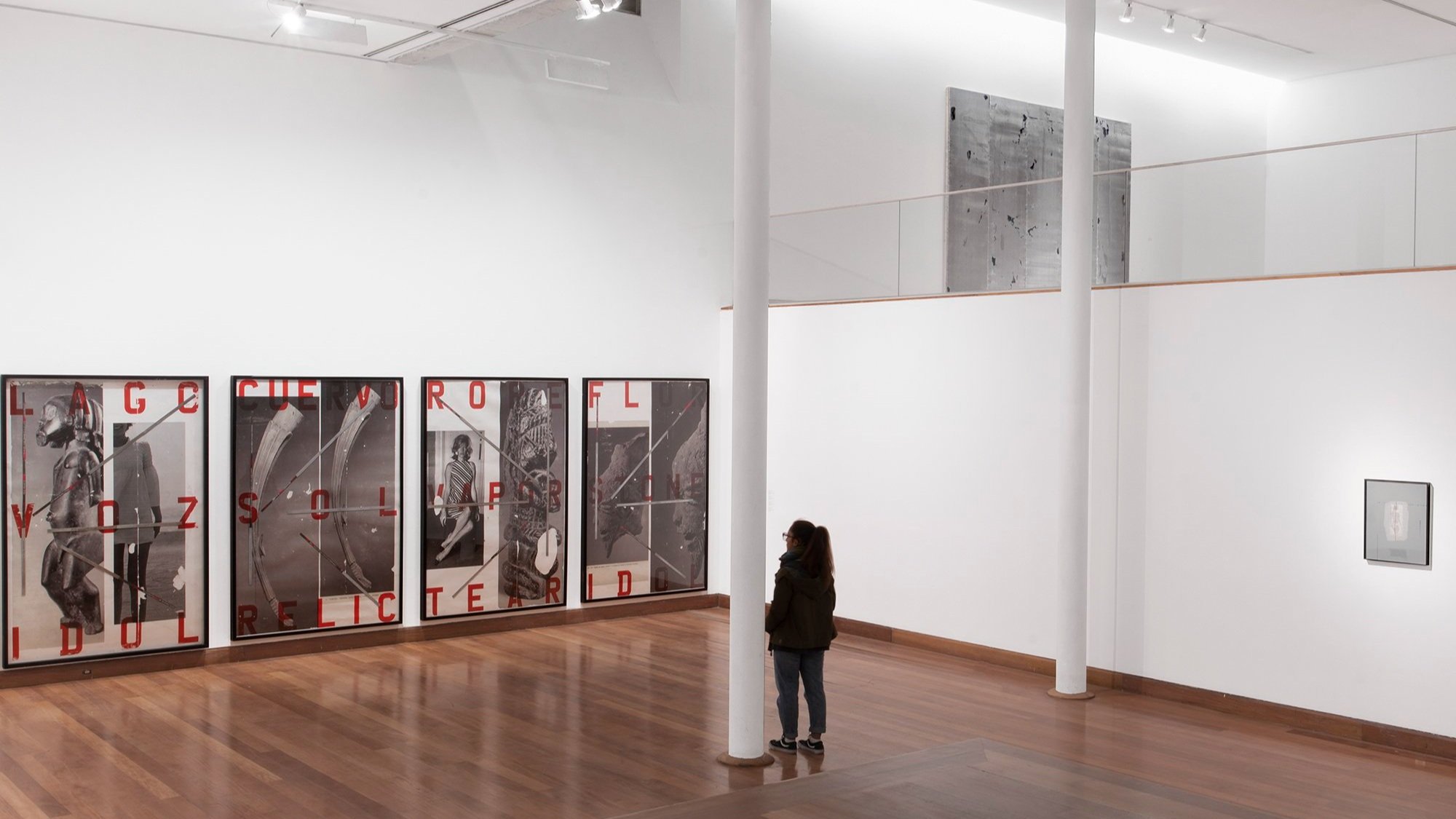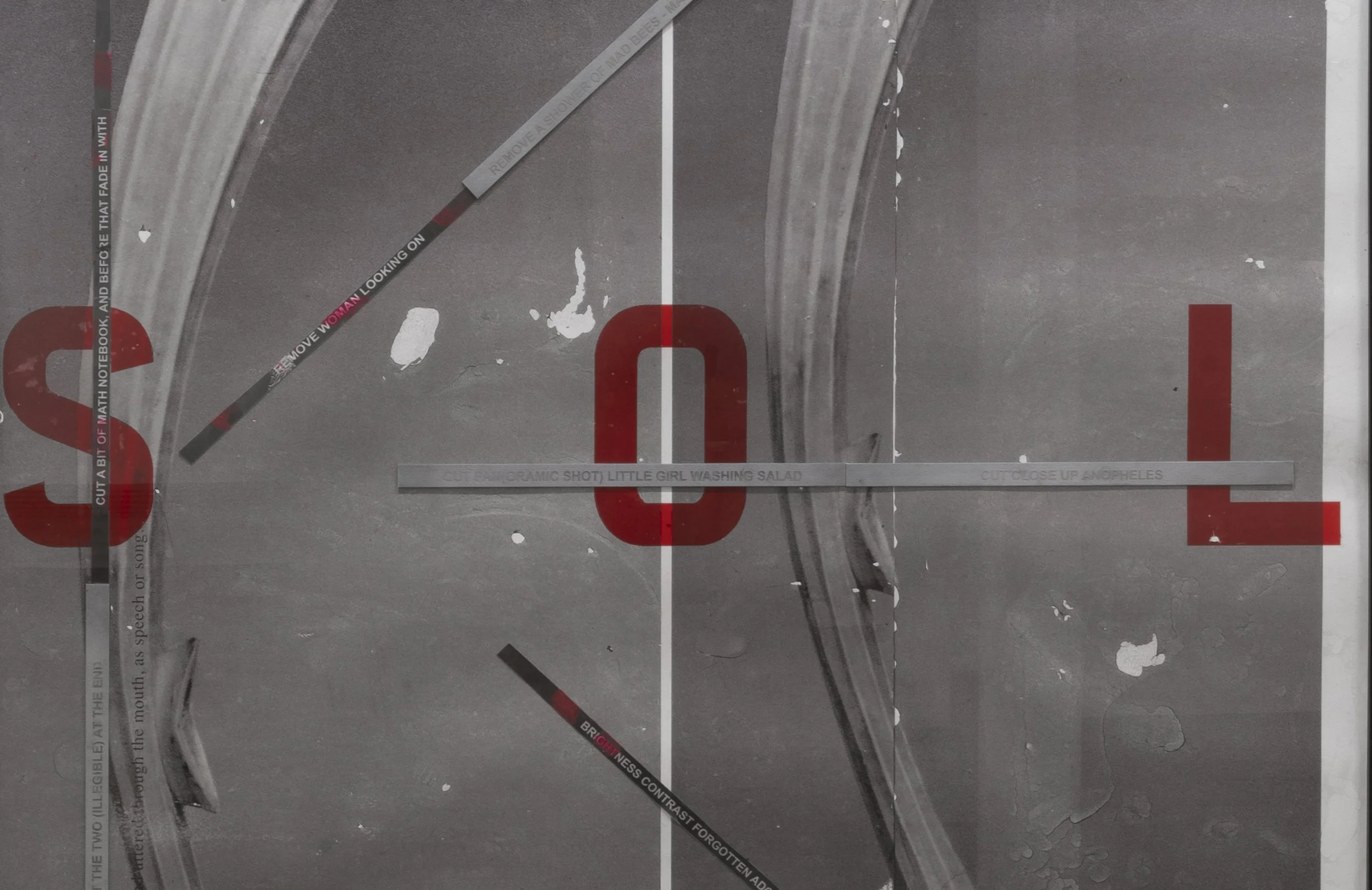Ayer y Hoy | Yesterday and Today
2013
Archival pigment ink on Canson Edition Etching Rag, 310 g/m
53 parts, each 40.5 x 30 cm.
The Chilean artist Nicolás Franco’s work Yesterday and Today 2013 consists of fifty-three photographic prints that can be arranged in variable configurations including a grid or a straight line. They depict the artist’s experimentation with remnants from the pages of the propaganda photobook Chile: Ayer Hoy (Chile: Yesterday Today), from which the work takes its name. Published in 1975, two years after the military coup in Chile that removed the first democratically elected socialist president in the world, Salvador Allende, the publication is notable for its use of photography and a clean graphic identity to formally represent the benefits of the new regime.

